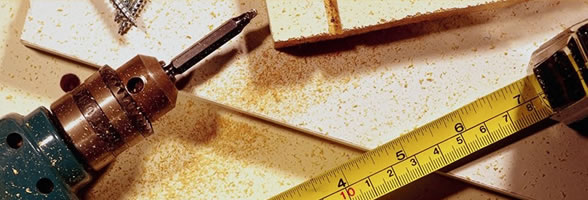
Blood
Blood composition.
Blood is made up of four parts:
· Liquid part:
1. Blood plasma
· Three types of blood cells:
2. Red blood cells
3. White blood cells
4. Platelets
.jpg)
1.Plasma.
Structure:
- This is the liquid part of the blood.
- It consists of 90% water and 10% dissolved substances.
Function:
- Transport blood cells and other dissolved substances around the body.
2.Red blood cells.
Structure:
- Red blood cells are small biconcave discs and numerous.
- Red blood cells are formed in the red bone marrow. When fully formed they do not have a nucleus or mitochondria.
Function:
- They contain a pigment called haemoglobin which gives blood its red colour.
- The function of red blood cells is to transport oxygen around the body. Haemoglobin enables red blood cells to do this.
- The biconcave shape of the red blood cell allows it to absorb and carry more oxygen.

3.White blood cells.
Structure:
- They have a nucleus and are usually larger than red blood cells.
- They are less numerous than red blood cells.
- They are formed in red bone marrow and mature in the lymph system.
Function:
Their main function is to protect against disease.
There are two types of white blood cells:
1. Lymphocytes:
- Made in bone marrow and are matured in lymph system.
- They produce protein called antibodies in response to foreign viruses and bacteria, which destroys them.
2. Monocytes:
- Made in bone marrow.
- Are the largest type of white blood cells.
- Their function is to protect the body by engulfing bacteria.
4. Platelets.
Structure:
- Platelets are tiny fragments of larger cells.
- They have no nucleus.
Function:
- Cause blood to clot where skin is cut or internally where blood vessels are damaged.
- This prevents the entry of micro-organisms.
Comparison of blood cells:
|
|
Red Blood Cells |
White Blood Cells |
Platelets |
|
Appearance |
Biconcave disc |
Varied shape |
Fragments of larger cells |
|
Nucleus |
Has none when mature |
Yes |
No |
|
Haemoglobin |
Yes |
No |
No |
|
Function |
Transport O ₂ |
Defend against disease |
Blood clotting |
Functions of blood.
1.Transport.
- Oxygen is carried by red blood cells
- Carbon dioxide is transported in the plasma.
- Foods, waste and hormones are also transported in the plasma.
2.Protection.
- White blood cells produce antibodies that which fight disease.
- Platelets play an important role in blood clotting.
3.Regulation.
- It helps the cells in the body maintain the correct levels of water and salts.
- It helps maintain a constant body temperature.
Blood groups.
Human blood is classified into four blood groups.
The blood group depends on the presence or absence of different glycoprotein molecules on the surface of red blood cells.
Glycoprotein acts as an antigen.
|
Blood Group |
Antigen on red blood cell |
|
A |
A |
|
B |
B |
|
AB |
A and B |
|
O |
None |
Click the link below to take a short quiz:
